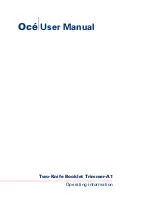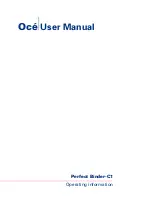
aem.eco
LAMBRECHT meteo
|
AEM
|
PROFESSIONAL
page
–
5
If wind speed and wind direction are measured at the same time, the measurement generally takes place not only at
the top of a mast but also at the ends of a cross arm. The arms must stay torsion-free and vibration-proof even at high
wind speeds and they must be accessible for you to perform mounting and maintenance work.
When you install the connecting cables make sure not to excessively shorten the cable leading to the
connector in the lower part of the sensor casing so that you can later maintain or dismounting the sensor. Put
further a cable loop as sensor protection against water under the sensor.
Tip: Install the sensors on ground to the traverse and align you the wind vane parallel to the traverse. You go
only then upward, in order to accordingly align the sensors with traverse under assistance of a partner on
ground.
II. TRAVERSE WITH BORE
(Id-no.: 32.14567.010 000)
At the traverse at each end are bores with a slot and with a Ø 30 mm.
1. Remove the lower nut from the sensor.
2. Put a sensor with assembled cable sidewise into the bore.
3.
Attach the sensor with the flat side of detached nut from the lower side.
Tighten with a suitable tool (wrench size 36), until a twisting safety of the sensor aligned to the north is given.
III. MOUNTING INTO BORES
Material thickness for installation of the sensor between the nuts may be max. 10 mm.
1. Remove the lower thread nut from the sensor.
2. The sensor with cable-plug connection is led without cable into the bore and fastened by the opposite side with
the loose nut as under I.3.
3.
The loose nut to be touched now with the flat side first over the cable, in order to fasten the sensor as under I.3.
Adjusting the wind vane to the north
For wind direction measurements the north mark on the sensor must be aligned with the geographical north
direction. You have to turn the marking exactly over the marking at the sensor shaft. When you have aligned the
marks, you may fix the wind vane with e.g. a piece of adhesive tape. When you have fixed the wind vane this way you
can locate the reference point by aiming at it over the axis. Now you must turn the sensor casing on the mounting tube
until the tip of the wind vane points to the reference point in the north.
To set up the sensor’s north orientation select a landmark which is as far as possible up north with regard to the final
position of the wind direction sensor. The reference point can be selected using a topographical map (1:25000). The
exact position of the reference point is determined using an amplitude compass that can be adjusted horizontally on
a stand.
Be aware of compass misdirections.




























